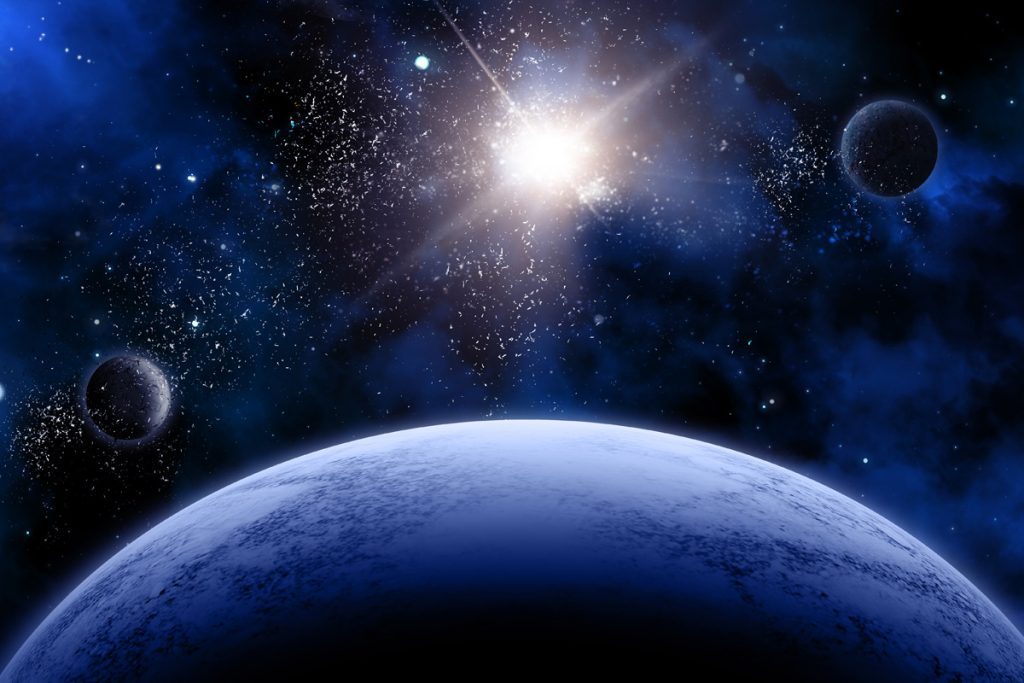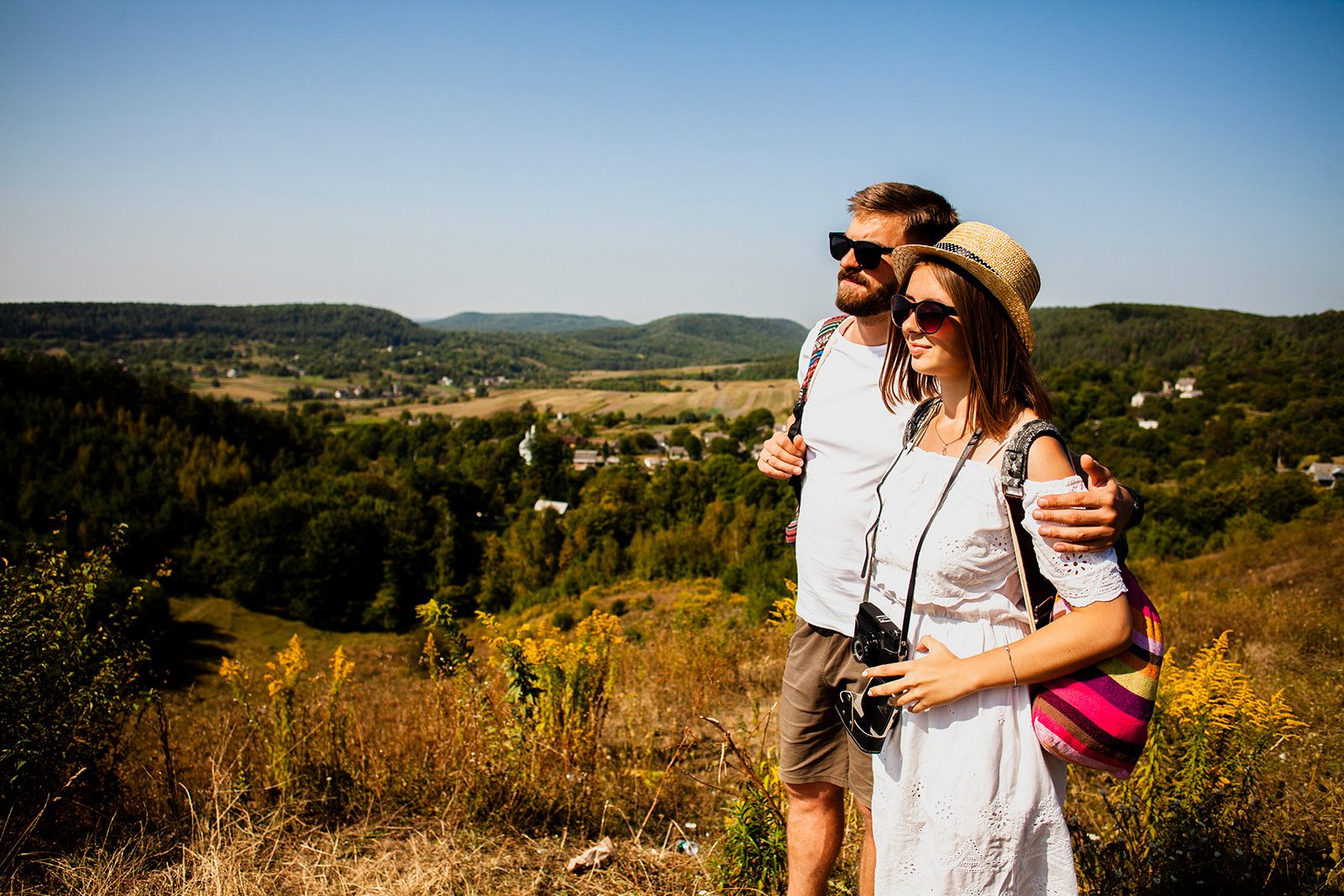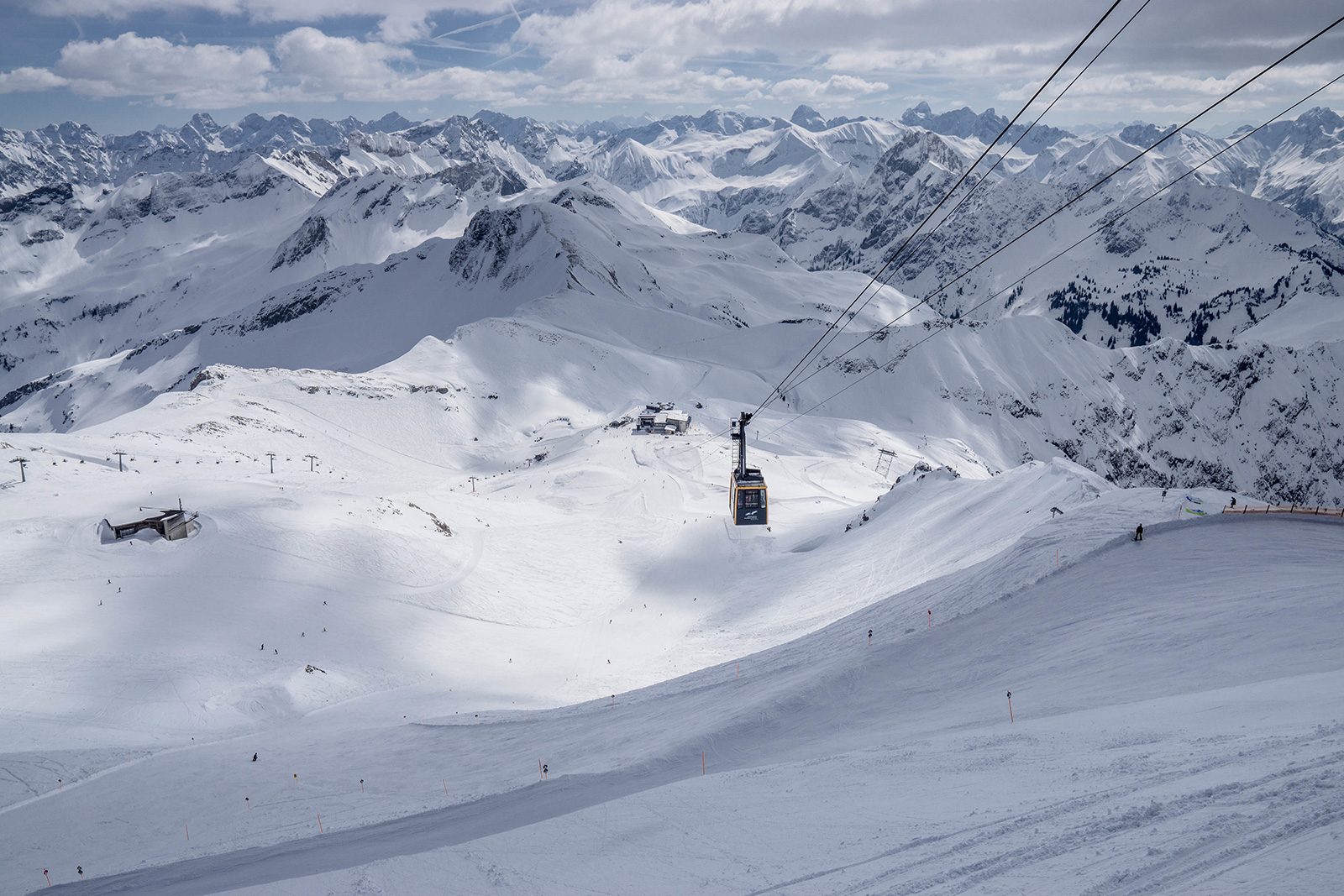When you think about a vacation, what's the first place that comes to mind? A paradisiacal beach, a country house, a five-star resort, a city with a vibrant nightlife? What if we say that space – yes, outer space – could be an option like any of them in a few decades? After all, today, space tourism is already a reality, however, it is still for few.
The year 2021 was marked by the beginning of space tourism. Fifteen people had the opportunity to go beyond the Earth's atmosphere into space. Until then, only professional astronauts – a title granted only to individuals trained and qualified by space agencies, such as NASA, from the United States, and Roscosmos, from Russia – had taken off in a rocket.
The feat, which lasts approximately 10 minutes, is only possible thanks to a technological change. This is because, before, the ships were discarded after a flight and the cost of the operation became extremely high, being viable only for government agencies. However, advances in recent years allow the same spacecraft to take off and land safely, that is, it makes it possible to use one spacecraft for several suborbital flights.
What is the options
Although NASA must authorize all missions to land on the International Space Station, no space agency carries out tourist trips to space. Currently, three private companies offer the service: SpaceX, owned by Elon Musk, Blue Origin, owned by Jeff Bezos, and Virgin Galactic, owned by Richard Branson. They are, respectively, owners of Tesla, Amazon and the Virgin Group.
There is no consensus on the exact distance from Earth that determines where outer space begins. However, there is the Kárman Line, which is 100 km above sea level and is considered by several scholars to be the frontier with space. On the other hand, NASA uses the border 80 km above the surface as a base for its missions.
Why are we telling you this? Because it is important to know these borders so that, when space tourism becomes popular, you will not be deceived. Today, there are already balloon rides up to the stratosphere, which is approximately 50 km above the ground. Although the trip also offers a unique experience, with incredible views, it is not correct to say that it was a visit to space.
How much does it cost
The first suborbital trips were experimental in nature, and there is a waiting list for those who want to participate in the next ones. As mentioned, space tourism is still a reality for few, as starting prices are in the millions of dollars. However, the accelerated advancement of technology could make operations cheaper and make space travel more accessible in the coming decades.
Blue Origin – a company that, in 2022, took the first Brazilian on a tourist space trip – does not announce the cost of the ticket. However, in 2021, the first ticket was sold for US$ 28 million, equivalent to more than R$ 150 million. However, the price may have been high because it was unprecedented, as another ticket was auctioned at US$ 8 million (around R$ 40 million).
SpaceX also did not disclose the amounts charged for its first commercial takeoff. However, Time magazine reported that the commander and creator of the mission, Jared Isaacman, had paid US$ 200 million (more than R$ 1 billion), for four places – which were drawn, raising US$ 113 million – on the ship.
Considering current standards, Virgin Galactic has the most affordable prices, with booking a seat for a suborbital flight for US$ 450 thousand, around R$ 2 million. The trip is scheduled for 2023. Those interested must pay a fee of US$ 1,000 to join the waiting list, which already has names like Justin Bieber and Lady Gaga.
Who can go
Even if the interested party has the necessary money to go to space, companies have some rules to guarantee the safety of the crew. People need to be fit to withstand the acceleration due to gravity, which can be up to six times greater during the flight, and perform some safety tasks during the trip. Each company can determine its own guidelines.
At Blue Origin, the minimum age is 18 years old. The interested party must be over 1.50m tall and under 1.92m tall. There are also minimum and maximum weight limits: from 50 kg to 101 kg. Among other requirements, the individual must be able to climb the launch tower (equivalent to seven flights of stairs) in 90 seconds and be able to fasten and unfasten the seat belt within 15 seconds, in addition to undergoing 14-hour training .
Virgin Galactic requires the person to be in good physical shape and undergo training that includes microgravity tests, safety recommendations and instructions on the PPE (Personal Protective Equipment) used during the flight. A medical team accompanies travelers until takeoff to ensure the physical and mental health of the crew.
SpaceX has not yet formalized its rules. Passengers on the company's first suborbital flight, however, underwent the same training received by NASA astronauts. The protocol included physical tests, orbital mechanics classes and basic training on the functioning and operation of the capsule.
And the future?
It seems that space tourism will become accessible in the coming decades, as the accelerated advancement of technology and the popularization of the offer tend to reduce costs. Even though it seems like a distant journey, just remember that in the mid-1990s, the internet and cell phones were for few. Today, both technologies are present in most people's daily lives.
Harus hasn't reached space yet, but it is present in all other types of tourism in Brazil! Consult us to find out more about our products and services. And, if you liked this content, share it with your contacts.








